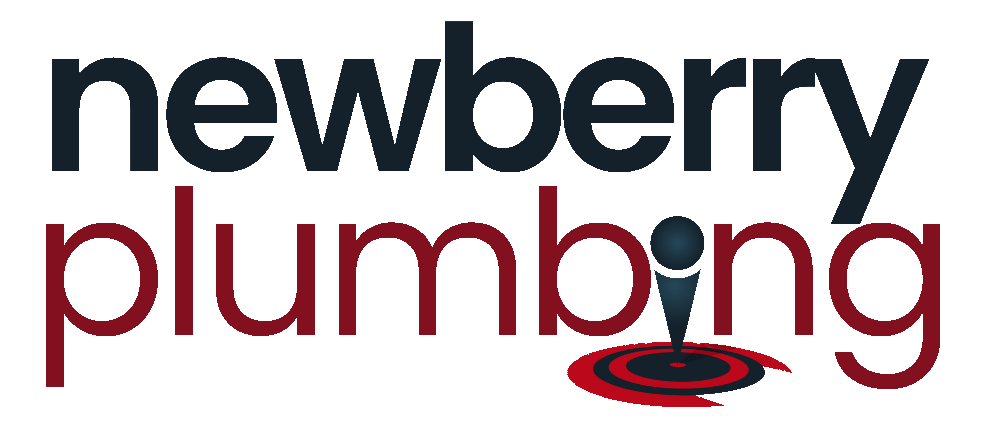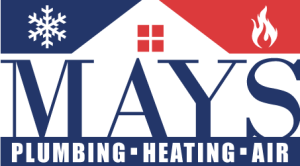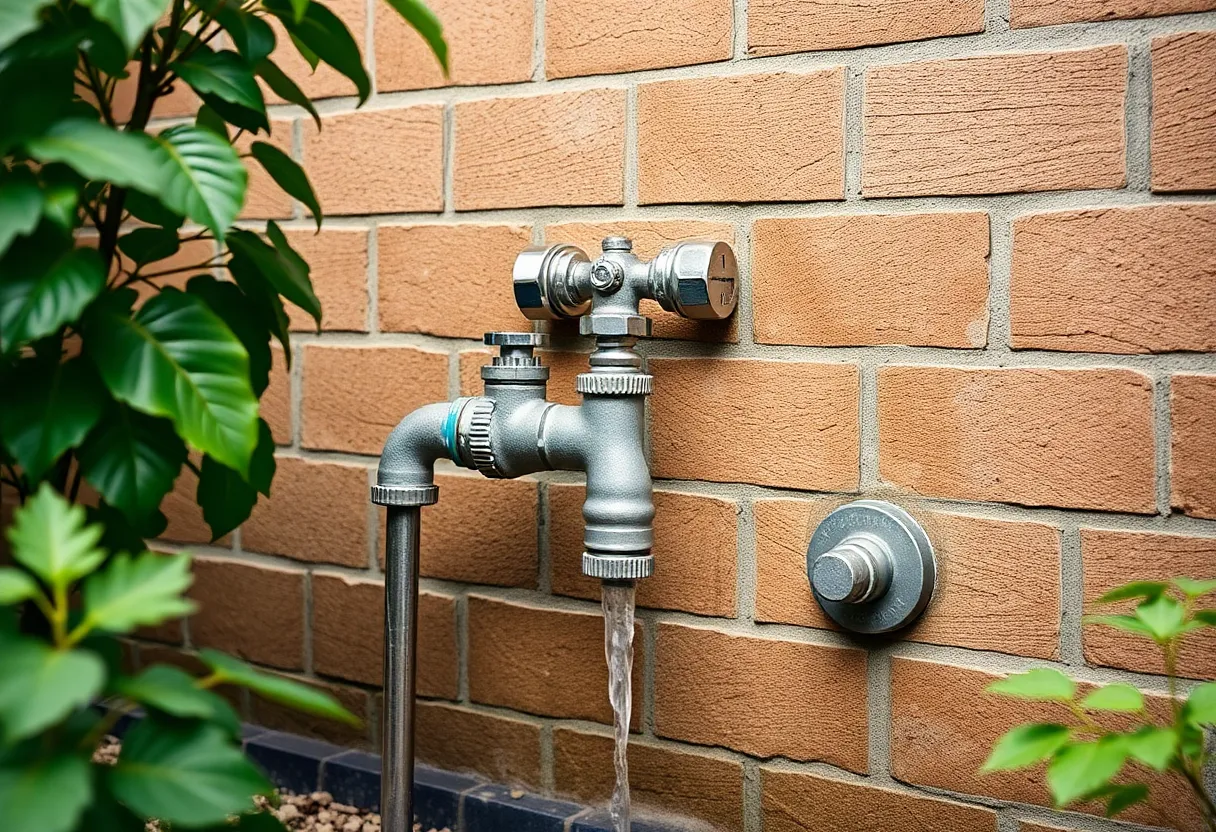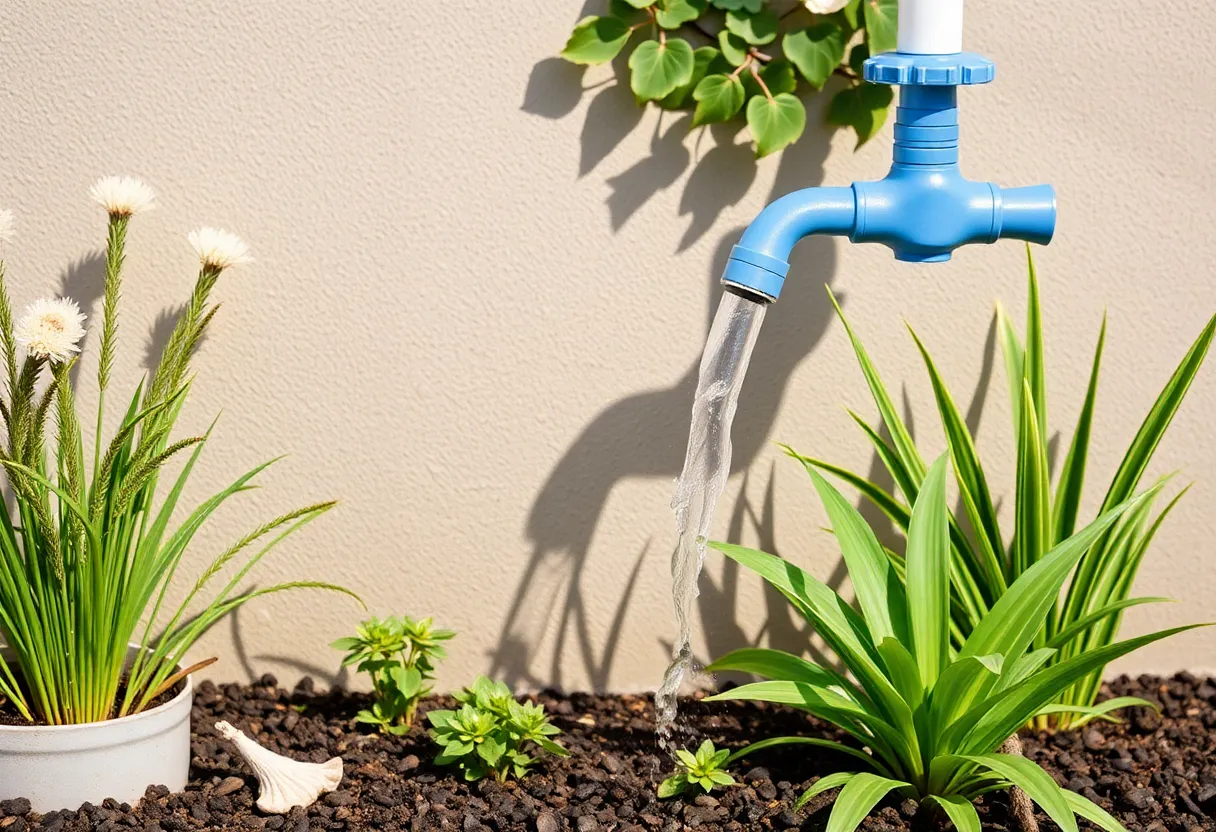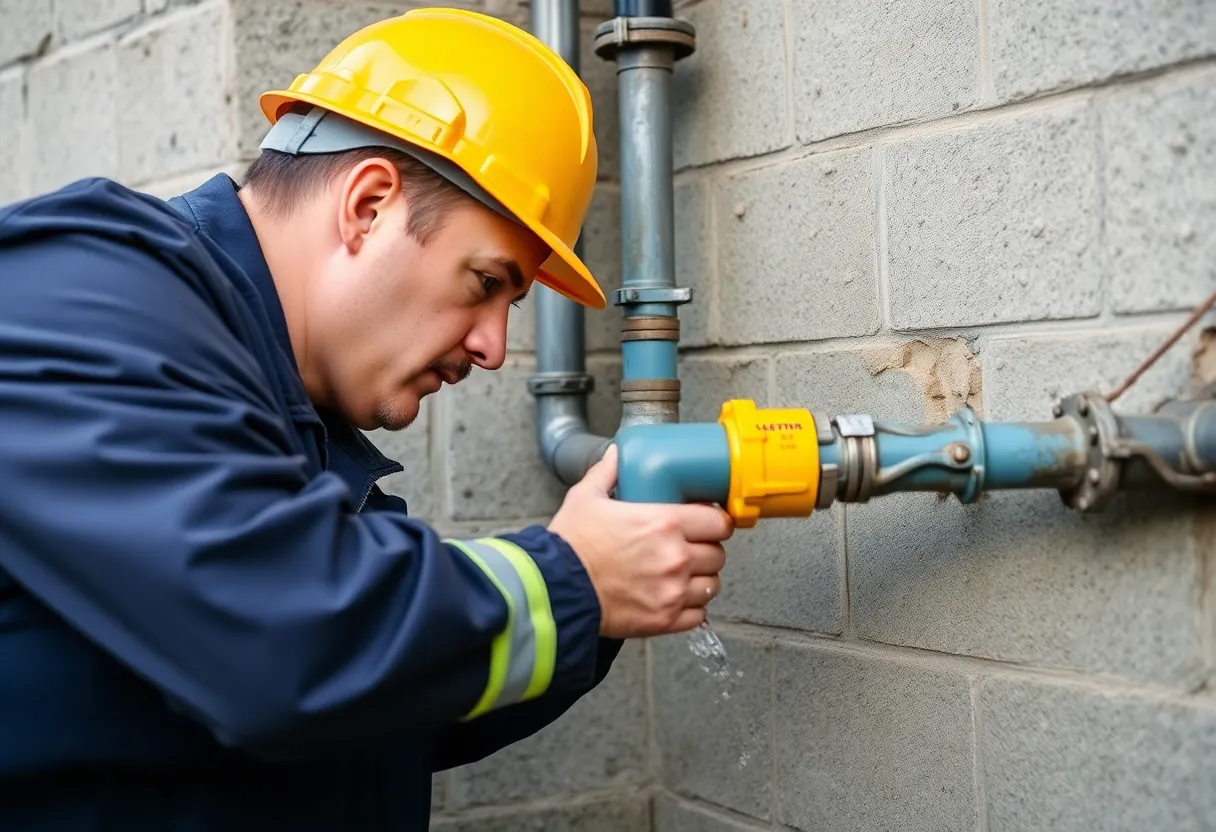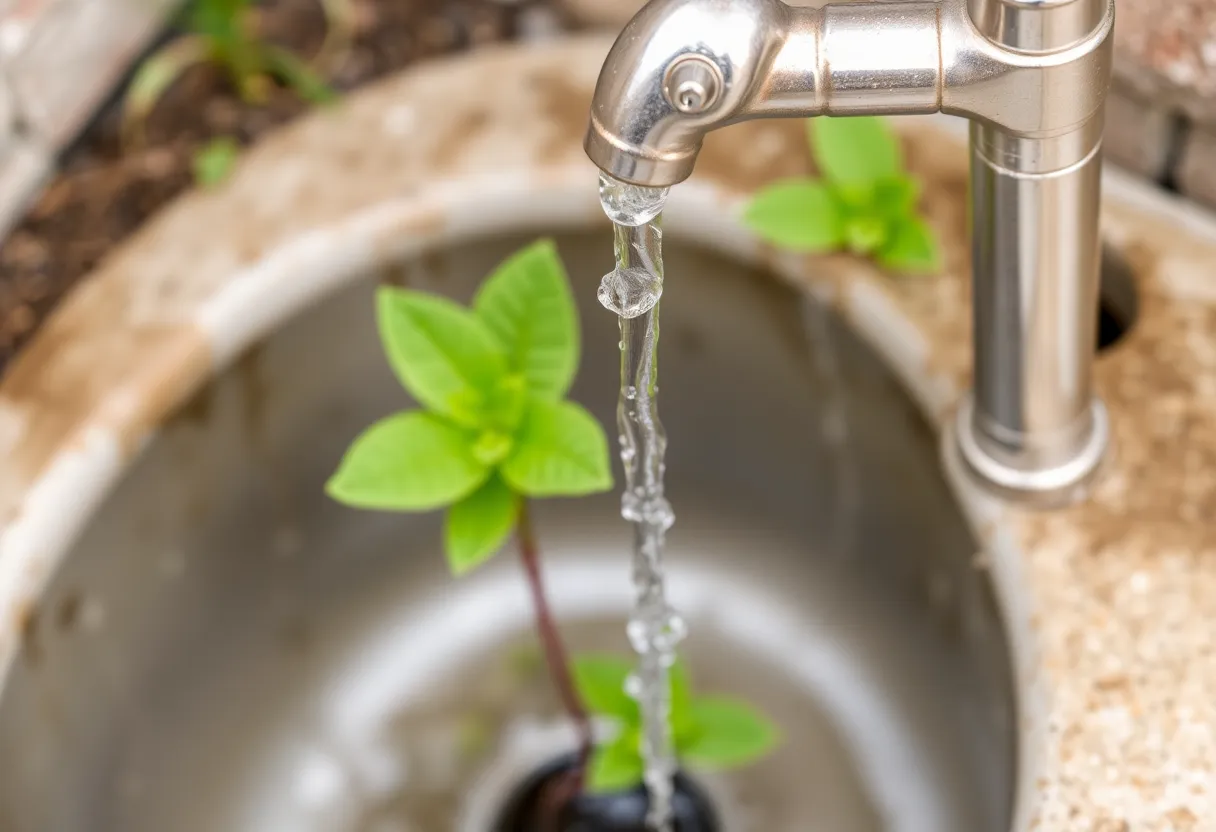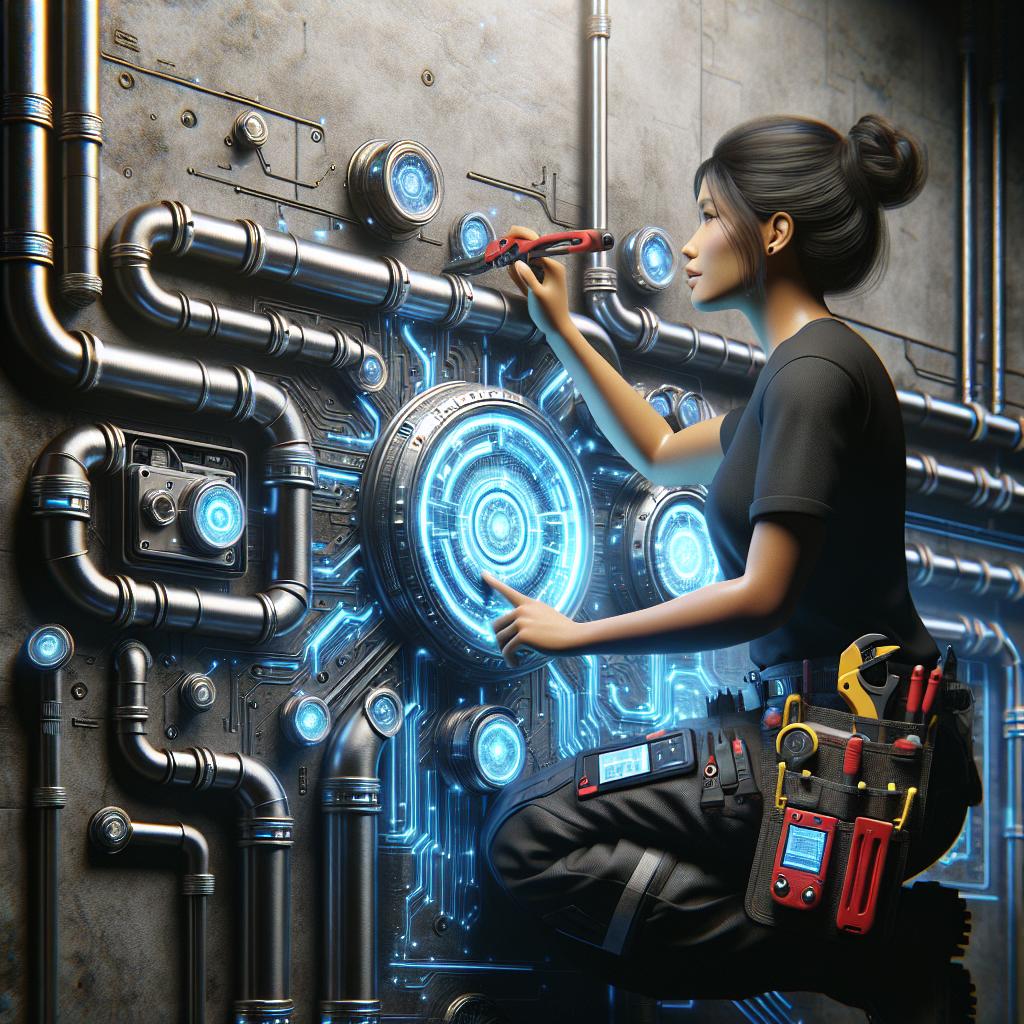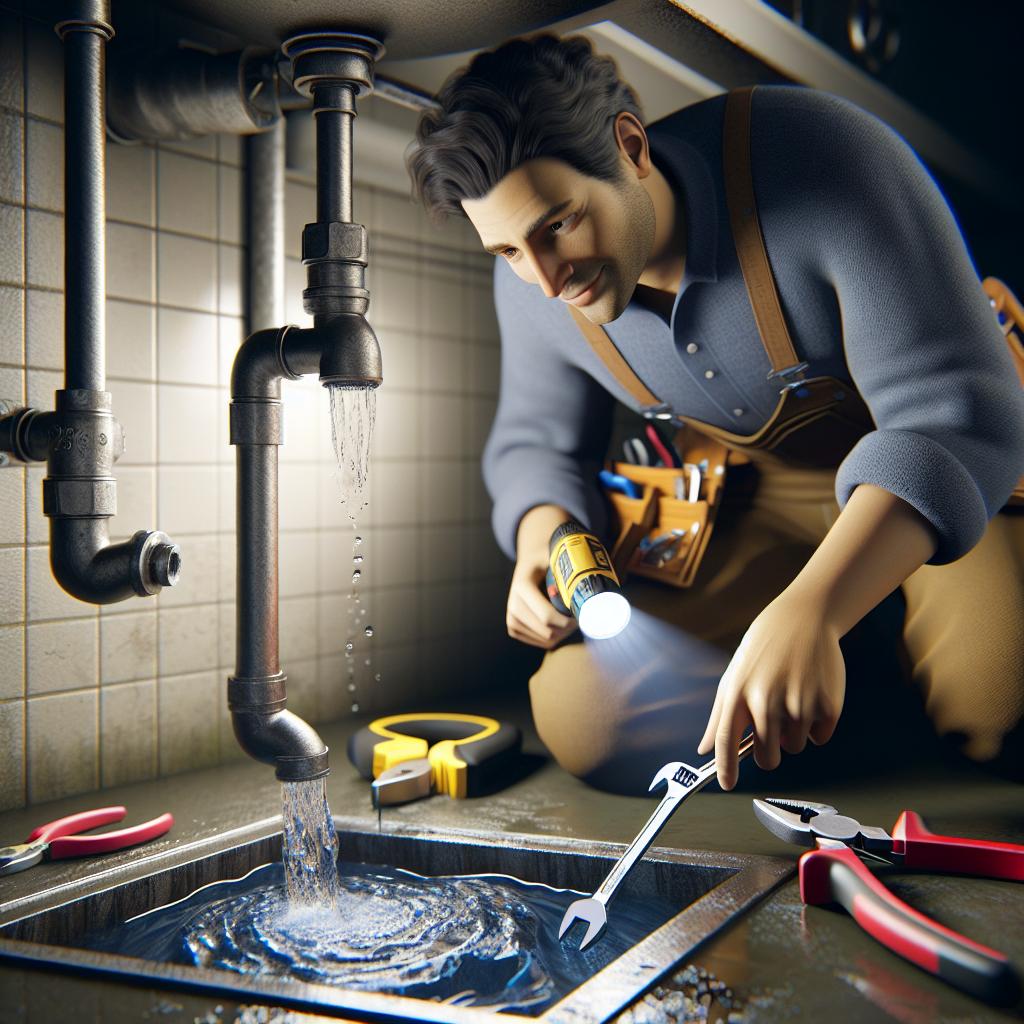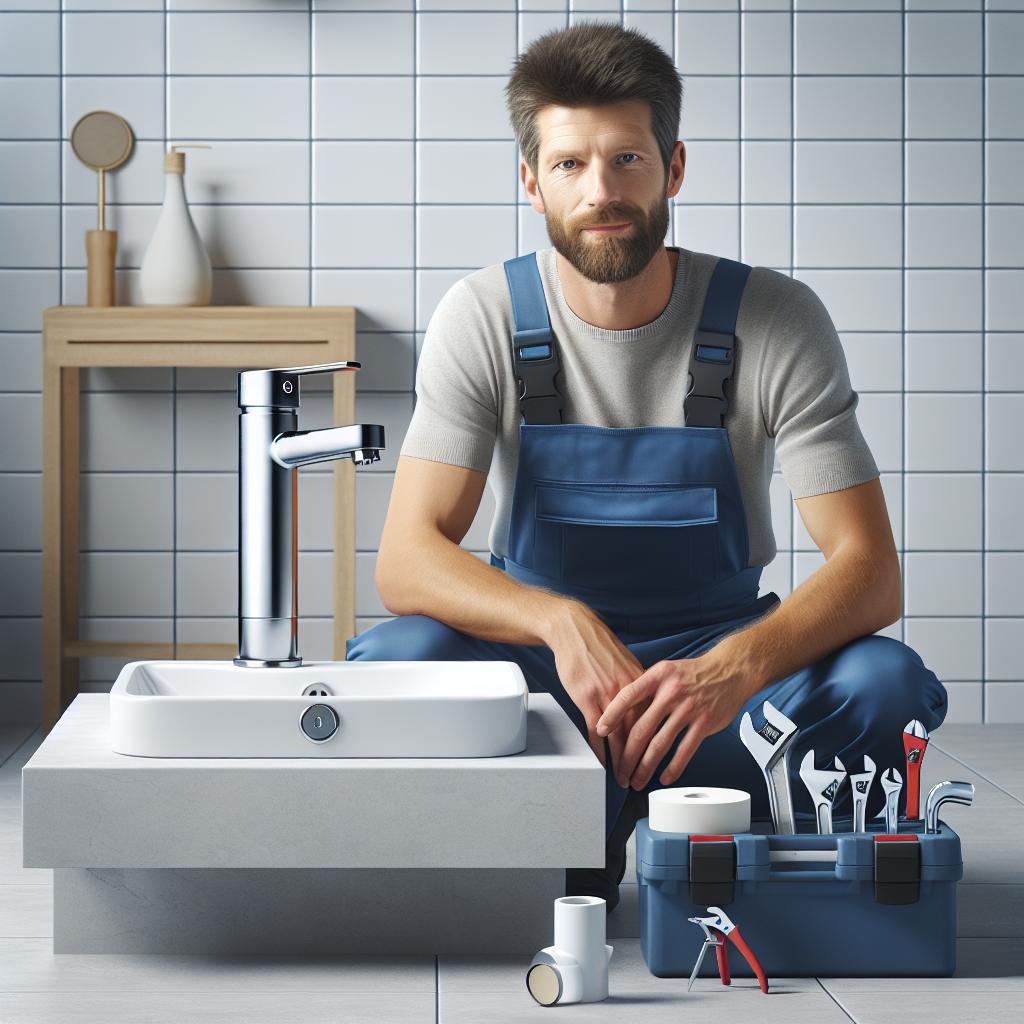The Water Way Forward: 9 Essential Plumbing Trends Every Homeowner Should Embrace in 2025
As we stride boldly into 2025, the landscape of plumbing and water management is evolving at an unprecedented pace. Homeowners are becoming increasingly aware of the significance of maintaining efficient and sustainable plumbing systems. Understanding these trends not only helps you stay ahead of the curve but also enhances your home’s functionality and sustainability. In this article, we will explore nine essential plumbing trends that every homeowner should embrace to ensure a smart, efficient, and environmentally-conscious future.
1. Water-Efficient Fixtures
One of the foremost trends in plumbing for 2025 is the rise of water-efficient fixtures. This includes low-flow toilets, faucets, and showerheads designed to minimize water usage without sacrificing performance. The benefits are manifold:
- Reduction in water bills: Using less water translates to significant savings on your monthly utility bills.
- Environmental impact: Contributing to water conservation helps combat the growing global water crisis.
- Increased property value: Homebuyers are increasingly seeking eco-friendly amenities, making water-efficient fixtures a smart investment.
When selecting water-efficient fixtures, look for the WaterSense label, which indicates they meet specific efficiency criteria set by the Environmental Protection Agency (EPA).
2. Smart Plumbing Technology
The integration of smart technology into plumbing systems is a game-changer. In 2025, more homeowners will invest in intelligent systems that enhance plumbing efficiency and ease of use. This technology includes:
- Smart leak detectors: These devices monitor for leaks and alert homeowners via a smartphone app, potentially saving thousands in water damage costs.
- Smart water heaters: These units allow homeowners to control heating schedules remotely, optimizing energy use and ensuring hot water is available when needed.
- Automated irrigation systems: These systems use weather data and soil moisture information to water gardens and lawns efficiently, conserving water resources.
Implementing smart plumbing technology not only maximizes efficiency but also provides unparalleled control over your home’s water management.
3. Sustainable Plumbing Materials
As sustainability continues to dominate public discourse, the trend toward sustainable plumbing materials is increasingly important. Homeowners are beginning to choose materials that are not only durable but also eco-friendly:
- PVC alternatives: Look for biodegradable or recycled options to replace traditional PVC piping.
- Copper and PEX: Both materials are recyclable and long-lasting, offering great durability with a lower environmental impact.
- Green insulation: Opt for insulation made from recycled materials to ensure that your plumbing systems are energy efficient.
Selecting sustainable materials not only reduces your ecological footprint but can also lead to lower maintenance costs over time.
4. Advanced Drainage Systems
Effective drainage is vital for a home’s plumbing health. In 2025, we expect to see a rise in advanced drainage systems custom-designed to handle changing weather patterns and heavy rainfall:
- Permeable pavement: This allows rainwater to seep through and reduce runoff, lessening the burden on traditional drainage systems.
- Smart drainage solutions: Systems equipped with sensors can monitor and manage water flow, preventing clogs and allowing for timely maintenance.
- Rainwater harvesting systems: These systems collect and store rainwater for irrigation and non-potable uses, promoting sustainability.
A robust drainage system is critical to preventing water damage, mold growth, and other costly issues in your home.
5. Greywater Recycling
As we strive towards more sustainable water practices, the concept of greywater recycling is becoming popular among homeowners. Greywater refers to wastewater generated from sinks, showers, and appliances:
- Water reuse: Greywater systems allow the reuse of treated wastewater for irrigation and toilet flushing.
- Reduced environmental impact: Recycling greywater helps conserve fresh water and reduces sewage discharge into water bodies.
- Cost savings: Reducing the demand for potable water can save money on water bills.
Implementing a greywater system requires careful planning and local code compliance but can make your home significantly more sustainable.
6. Trenchless Technology
Repairing or replacing pipes has historically meant significant disruption, but trenchless technology is changing the game. This method of installation or repair involves minimal digging, offering numerous benefits:
- Less disruption: Property owners appreciate that their landscaping and driveways remain intact.
- Faster repairs: Trenchless methods can often be completed in a fraction of the time compared to traditional methods.
- Cost-effective: While initially seeming like a more expensive option, the reduction in restoration costs can lead to overall savings.
Trenchless technology is an excellent option for homeowners looking to minimize disruption while maintaining their plumbing systems.
7. Comprehensive Water Filtration Systems
The awareness of water quality is rising, leading to increased interest in comprehensive water filtration systems for homes. Homeowners are recognizing that access to clean water is crucial for health and well-being:
- Multi-stage filtration: Numerous systems are available that incorporate multiple filtration methods for optimal water purification.
- Customized solutions: Homeowners can opt for systems tailored to their specific water quality needs, ensuring they receive the best possible water.
- Health benefits: Filtering out contaminants can lead to improved health and taste, making drinking water more enjoyable and safe.
Investing in high-quality water filtration systems offers numerous benefits, making it essential for the modern homeowner.
8. Plumbing Maintenance Software
The plumbing industry has embraced technology, leading to the emergence of plumbing maintenance software. Homeowners can benefit significantly from digital tools that help manage and track plumbing issues:
- Preventive maintenance tracking: Homeowners can schedule regular checks and repairs, thus preventing unexpected plumbing emergencies.
- Record-keeping: Digital records of repairs and maintenance help homeowners keep track of plumbing issues over time.
- Professional connections: Many of these platforms allow easy connections with local service providers for timely support.
By utilizing plumbing maintenance software, homeowners can ensure their systems are well-maintained and functional.
9. Increased Awareness of Cross-Connection Issues
As plumbing systems evolve, there is growing awareness around the risks associated with cross-connections. Cross-connections occur when an unprotected pipe allows safe water to come into contact with contaminated sources:
- Education: Homeowners are becoming more educated on the implications of cross-connections and the importance of backflow preventers.
- Regular inspections: Incorporating cross-connection inspections into regular maintenance helps prevent costly issues.
- Compliance: Awareness leads to better compliance with local plumbing codes, ensuring safe drinking water is a priority.
Addressing cross-connection issues is vital for homeowners to protect their families from potential health risks.
Conclusion
In conclusion, the plumbing trends shaping 2025 offer homeowners numerous opportunities to enhance efficiency, sustainability, and comfort in their living environments. By embracing water-efficient fixtures, incorporating smart technology, and learning about new advancements such as greywater recycling and trenchless technology, you not only improve your home’s functionality but also contribute to the preservation of our precious water resources. As we move forward, staying informed about these trends and implementing them will be key to creating a resilient and environmentally-friendly home.
